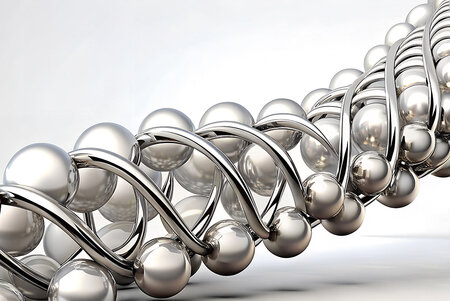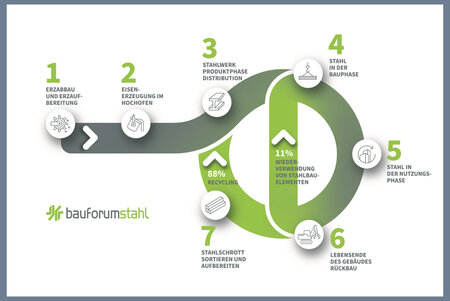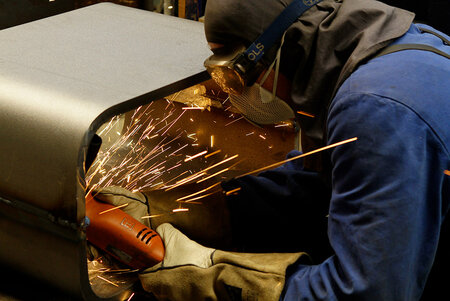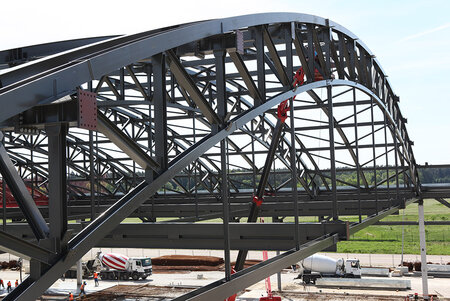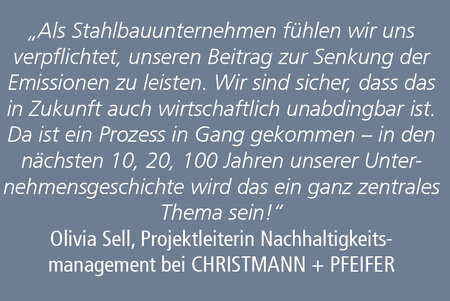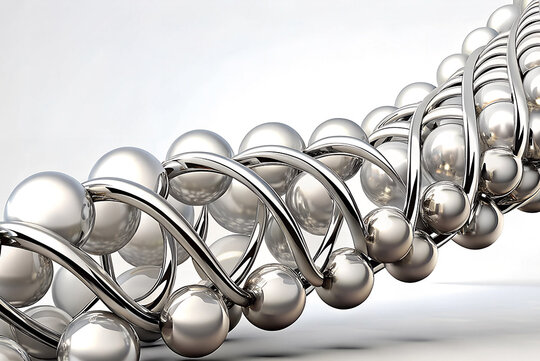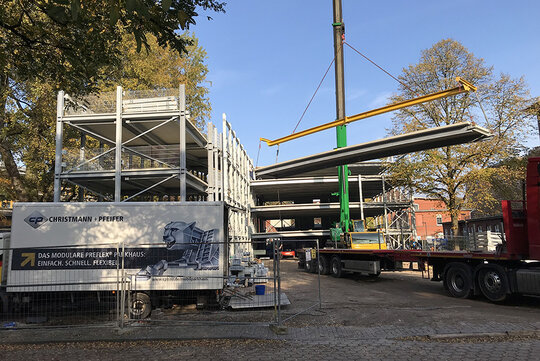C + P and steel go together like fried fish and tartar sauce, like soccer and goal or summer and ice cream. Pretty much inseparable. And so, to mark our 100th company anniversary this year, we are taking a special look at our favorite material. In a four-part series, we will be looking at how our company founders came up with steel, what steel construction is all about and what the future of steel looks like.
In today's second part, we take a look into the future. How will building in steel change? What are the topics that will be with us in the coming years?
Building in steel: Timeless advantages
To understand where the journey is heading, it is worth taking a look at what has always made steel such an attractive material - and not just for us. Many of its advantages are convincing and timeless at the same time. Steel is characterized by a long life cycle and allows architectural freedom even with relatively low material usage. Lean constructions not only reduce the volume of building materials, but also lower construction costs. Added to this is a solid price-performance ratio - another factor that speaks for the use of steel in the future.
Steel in the turn of time: Paths to sustainability
But of course, even our favorite material, steel, needs to get fit for the future. Iron is the most common element on earth, but with a five percent share of the earth's crust by mass, it is a finite resource. In addition, the steel industry is responsible for around five percent of CO2 emissions in the EU: steel production is energy-intensive.
This makes sustainability a key aspect of modern steel production. There are various processes for the production of structural steels, which differ in terms of their environmental footprint. Renewable energy sources are increasingly finding their way into production. In the next stage of transformation, hydrogen is to be used as an energy source in production - and thus to make gray steel greener.
But green steel is only one part of the solution - another lies in the almost limitless recyclability of the material. After dismantling, structural steel can be reused in other buildings or recycled an infinite number of times without any loss of quality. As part of the circular economy, 99 percent of the used steel is being collected. Of this, eleven percent can be reused and 88 percent recycled.
Therefore, we are confident and ready to play our part in a more conscious, environmentally friendly and sustainable use of steel in the future.
A strong future – our contribution
For some time now, we have been establishing processes, launching initiatives and developing products to meet the challenges of our time.
- We look at the origin of the steel that we process.
The less energy is used in steel production, the more resource-efficiently we can build. Keywords here: Recycling, green steel and the opportunities offered by future manufacturing processes. - Modular and serial construction
With our Preflex® Parking Garage and Modular Buildings, we are now also building in series - and taking a further step towards efficiency and sustainability. The construction process and construction time can be accelerated thanks to industrial prefabrication - reducing traffic disruption, waste, noise and dust pollution. At the same time, we score points in the area of the circular economy. - Carbon footprint as an indicator
We have determined our carbon footprint - and now know where which emissions are generated in the course of our projects. With this knowledge, we can minimize them step by step. - Resource efficiency and sustainability as aspects of planning
As engineers and planners, we are committed to resource-efficient design. We try to use our levers wherever possible: Lightweight constructions with high load-bearing capacity, small component dimensions and small foundations - the more filigree the construction, the lower the consumption of building materials.
"As a steel construction company, we feel obliged to make our contribution to reducing emissions. We are certain that this will also be economically indispensable in the future. A process has been set in motion - in the next 10, 20, 100 years of our company's history, this will be a key issue!" (Olivia Sell, Project Manager Sustainability Management at CHRISTMANN + PFEIFER)


